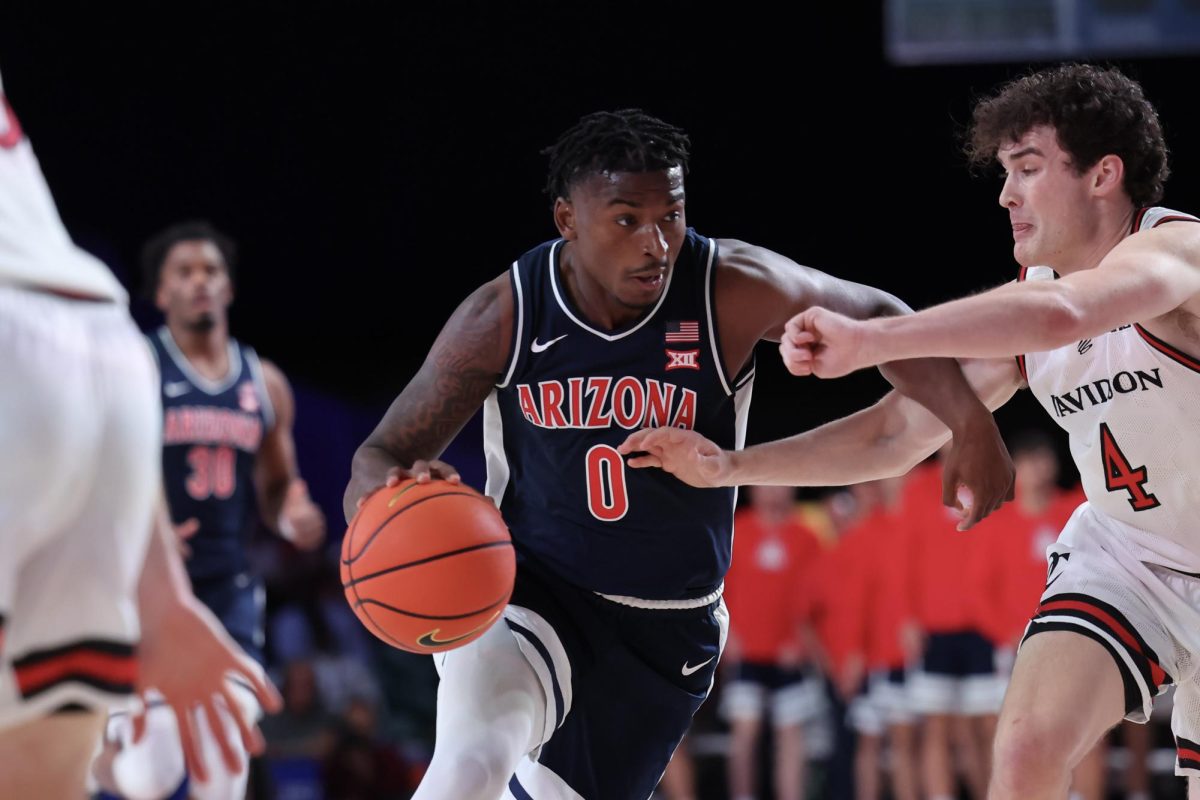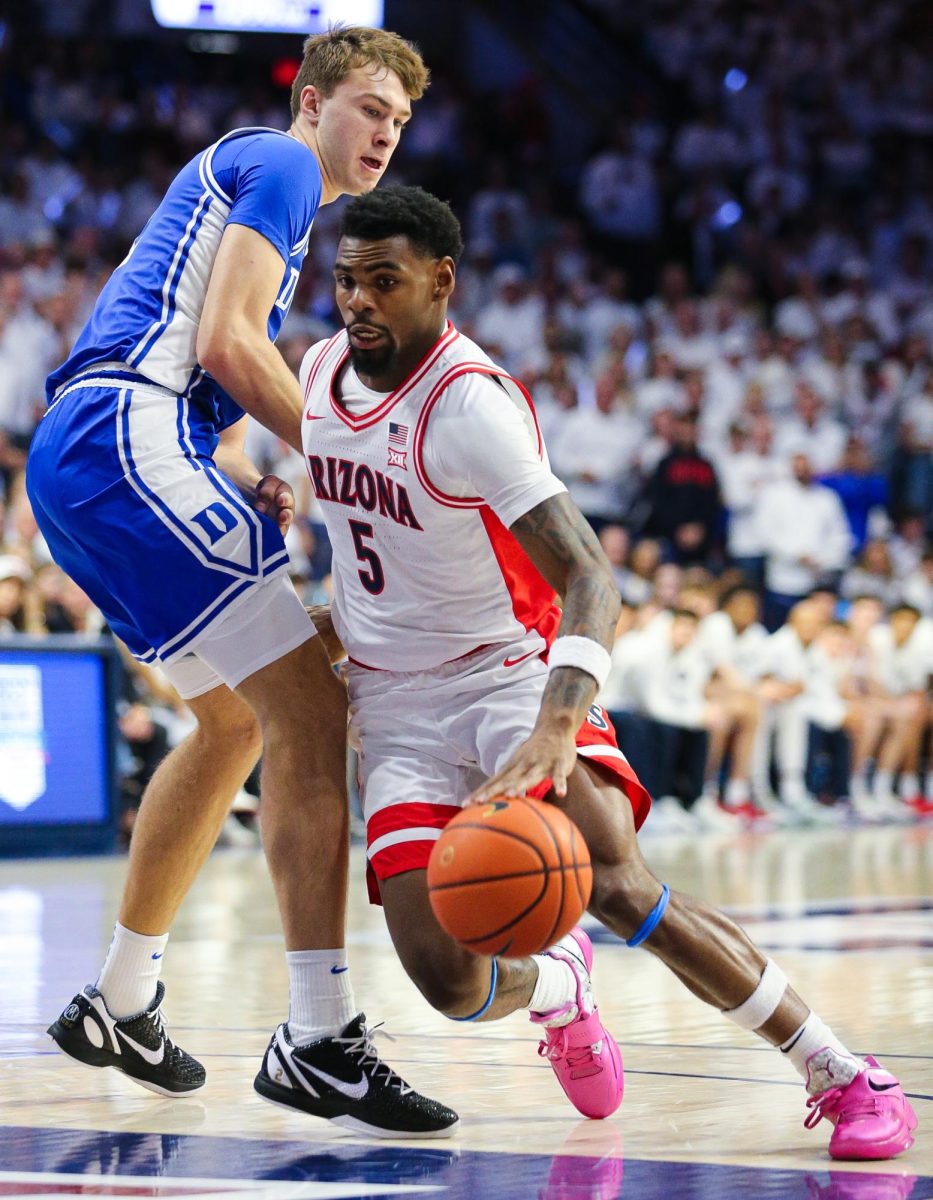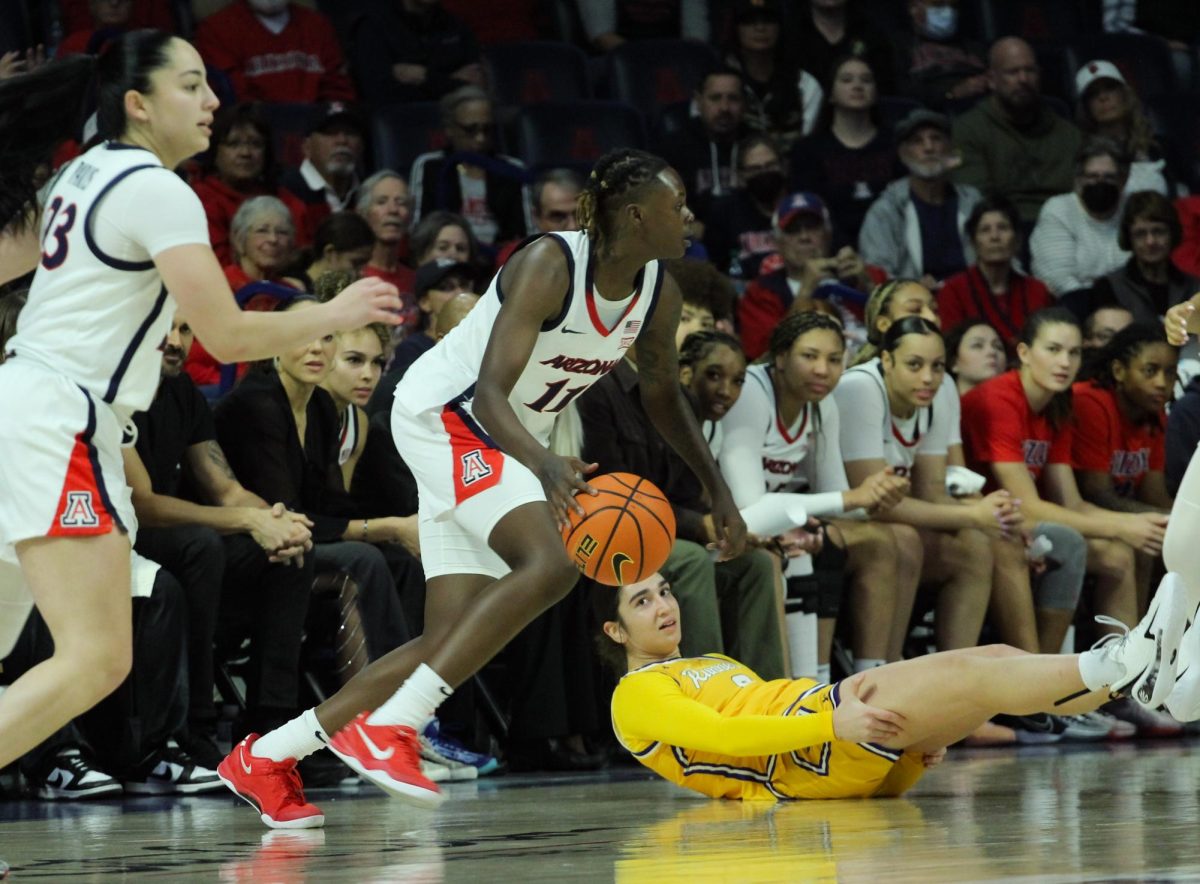Tucson has a gang problem. And most residents aren’t doing anything about it.
There were 21 gang-related homicides in 2006, up from 10 in 2005. Over the last five years, the city has averaged around eight gang-related killings per year. Not only are homicides increasing, but reported gang-related aggravated assaults are up almost 20 percent since 2005.
Growing up in the Foothills sheltered me from the risks that the city did, and still does, hold. Fortunately (or rather, unfortunately) I could no longer turn a blind eye to the gang problem in Tucson when my own father fell victim to two gang members who attempted to murder him on the South Side. That occurred almost 10 years ago, and not much progress has been made in town to keep at-risk youth out of gangs.
A Republican-drafted House bill that passed in April set aside $3.5 million for law-enforcement groups in Arizona to target gangs. Unfortunately, the Republicans have this issue figured out all wrong. While they are focused on prosecution and incarceration, House Democrats lean towards placing money towards gang-prevention programs. Republicans just want gang members to be prosecuted more harshly for crimes than a non-gang-affiliated individual.
Yes, gang members deserve harsher punishments for the crimes they commit, as they tend to fill goals within the gang, but that won’t cause the amount of gang-related crime to drop. It apparently hasn’t had an effect yet, with laws already in place to penalize gang members more severely. Sure, putting away criminals is a great way to get them off of the street, but not every gang member in Tucson is acting out at every given chance.
There are around 4,300 identified gang members in Tucson, with 2,500 of them active, according to a Dec. 3 Arizona Daily Star article. This hefty membership means that they aren’t sticking to just their territory anymore. This is evident in the presence of Midtown’s Edith Street Posse Bloods and the East Side’s aptly titled Eastside Bitch Killers.
Since 1991, Arizona’s population has been increasing at a rate nearly three times faster then the rest of the nation, according to the Arizona Criminal Justice Commission. The population increase and the release of previously incarcerated gang members is likely responsible for the increase in gang activity that Tucson experienced in 2006.
Between 1990 and 2000 the average age of a gang member was between 12 and 18. Many members during that period were incarcerated for the crimes they committed. Now, the average age is between 17 and 25, due to the release of gang members from prison.
With an older gang membership, there are more father figures for at-risk youth to be tempted by and convinced to enter a gang.
Teens join gangs for a variety of reasons, most often to feel a sense of belonging. If a child’s single parent is working multiple jobs to support a family, the child is left without an authority figure to advise his or her decisions. This in turn leads to children looking towards gangs as a sense of family; it is as if they have someone watching their back and providing rules to live by.
Community involvement is the only answer to beating down gang violence. While Tucson Police Chief Richard Miranda doubles the Tucson Police Department’s gang unit and asks for money to support it, the Tucson Unified School District, the largest school district in Tucson that provides education to almost 60,000 students, doesn’t receive money for gang-prevention programs.
Tucson residents need to band together to make sure that children are aware of and have other options than a gang-related lifestyle. Sadly, this town lacks many after-school programs to keep kids off of the street and out of harm.
The Tucson Parks and Recreation Youth Department has three programs created to offer at-risk youth activities to keep them from gang-related actions. The programs are the Kid Company (KIDCO), the Middle School Company (MIDCO) and the High School Company (HICO). All three are recreation programs for children of elementary school, middle school and high school age, respectively, that is offered during summer and after school.
While the programs that Tucson Parks and Recreation Youth Department offers are crucial to keeping kids out of trouble, still more needs to be done to prevent gang membership.
In “”Youth Gangs: An Overview,”” a report by the U.S. Department of Justice Office of Justice Programs, low expectations for success in school, low student commitment to school and low attachment to teachers place children in an at-risk category. If TUSD could implement a gang-prevention program, it would help to eliminate some of the children from that category by providing them a positive environment the children would in turn have positive feelings for and potentially follow.
The report goes on to confirm that the most effective model for the community to prevent gang growth is a program that focuses on “”prevention, social intervention, rehabilitation, suppression and community mobilization.”” If the community is more aware of the gangs that populate their neighborhoods, they are more equipped to understand and combat the issue.
A community intervention on the gang problem is not only the correct way to cope, but also the most cost-effective. If children are kept away from these groups, it will likely save the public money. Each assault-related gunshot injury costs the public around $1 million, and one young criminal can cost the public around $2 million over a 10-year period, according to the National Youth Gang Center.
Tucson has a gang problem. Hopefully, the community will start to notice and take action, or expect another year full of gang-related homicides.
Jamie Ross is a journalism senior and the arts editor of the Arizona Summer Wildcat. She can be reached at arts@wildcat.arizona.edu.








